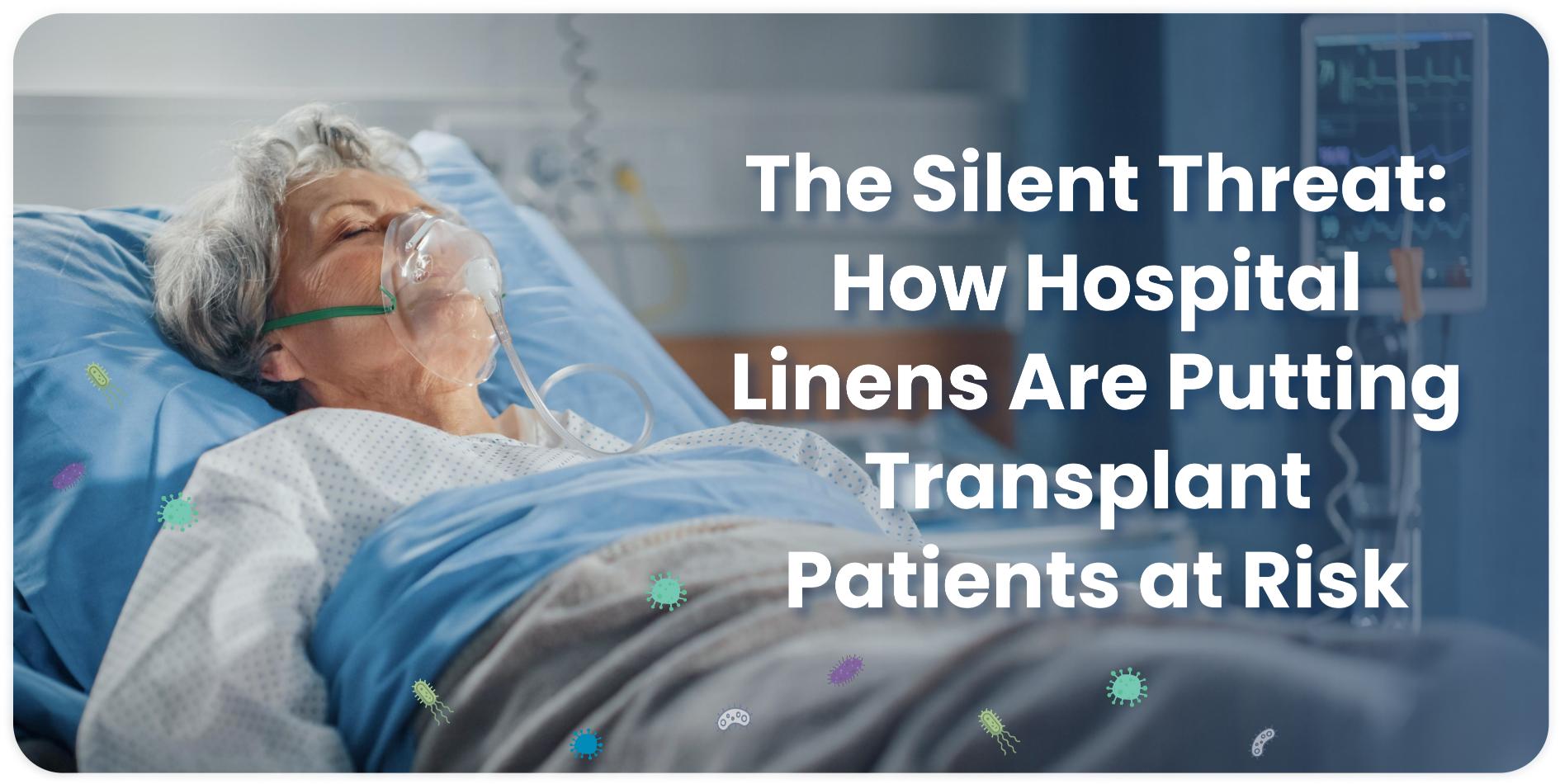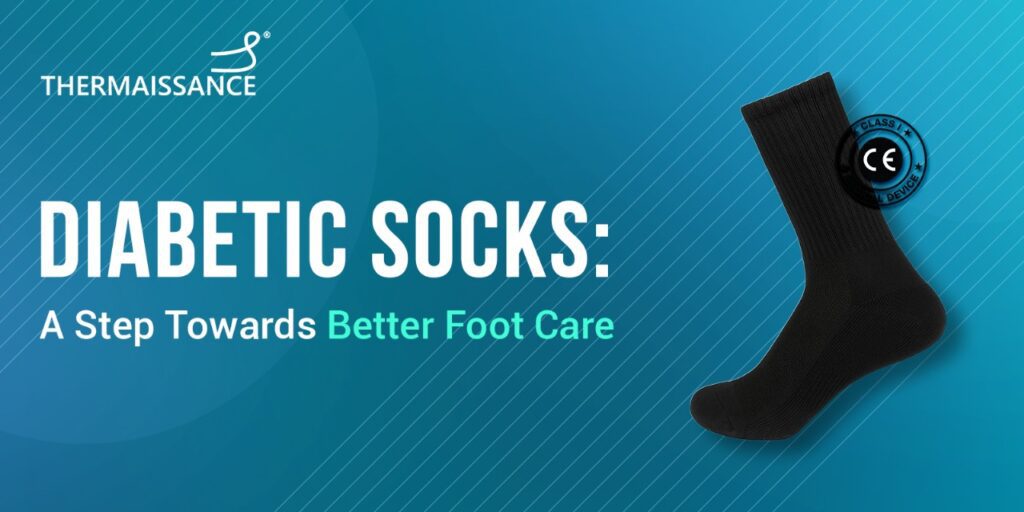
When we think of infection risks in transplant care, our minds go to surgical wounds, central lines, or immunosuppressive medications. Rarely do we suspect something as ordinary as a hospital bed sheet.
But recent studies and fatal outbreaks have shown that “clean” hospital linens can carry deadly pathogens—posing a critical threat to transplant patients who are already fighting for survival.
Clean Doesn’t Always Mean Safe
Hospital laundries follow rigorous processes—but even freshly laundered linens can arrive contaminated. A landmark 2019 study conducted across U.S. transplant centers revealed a shocking finding:
Up to 47% of hospital linens tested positive for deadly fungi like Mucorales and Aspergillus.
— Sundermann et al., Infection Control & Hospital Epidemiology, 2019
These molds are harmless to healthy people—but for immunosuppressed transplant patients, they can cause invasive fungal infections with mortality rates as high as 80%.
The Evidence: Fatal Outbreaks No One Talks About
🛑 Pittsburgh, USA:
At a major transplant center, at least six transplant patients died from mold infections traced to contaminated hospital linens. The outbreak forced a temporary halt to transplant procedures.
🛑 Arkansas, USA:
An outbreak of Rhizopus-related mucormycosis infected 16 immunosuppressed patients—including transplant recipients.
All infections were linked to mold-contaminated “clean” linens.
Many of the patients died despite antifungal treatment.
These aren’t isolated incidents—they’re warnings.
Why Transplant Patients Are Uniquely Vulnerable
- Post-transplant patients are placed on powerful immunosuppressants, weakening their ability to fight infections.
- Even minor exposure to fungi or drug-resistant bacteria can result in sepsis, graft rejection, or death.
- Linens, blankets, gowns, and staff clothing—any surface that touches the patient—becomes a potential entry point for pathogens.
Thermaissance: A Clinically Validated Shield
This is where Thermaissance Infection Barrier Textiles come in.
✔ Antimicrobial and Antifungal Technology
Kills 99.99% of bacteria, viruses, and fungi—including MRSA, VRE, CRE, Candida, Aspergillus, and Rhizopus.
✔ Clinically Tested
Cross-over trials at ICMR-approved labs show a statistically significant reduction in microbial load compared to conventional textiles.
✔ Durable for 100+ Washes
Our reusable kits maintain efficacy through repeated hospital laundering—without shedding comfort or performance.
✔ Designed for Transplant Units
Includes antimicrobial patient gowns, blankets, bedding, curtains, and scrubs for staff—ensuring a 360° protective environment.
The Bottom Line: Don’t Let a Linen Undo a Life-Saving Transplant
Every organ transplant is a miracle—but every microbial exposure is a threat to that miracle. Hospitals must re-evaluate what they define as “clean” and consider whether their current linens are truly safe for immunosuppressed patients.
Thermaissance isn’t just a textile.
It’s the first line of defense between your patient and a fatal infection.
Protect Your Transplant Patients. Reduce Infection Risk.
Request your complimentary Transplant Infection Barrier Kit for hospital evaluation today.
Recent Posts
-
30 Oct 2025 ThermaissanceWhy Contaminated Linen is the Most Underestimated Threat in the Fight Against Hospital Acquired Infections
-
28 Oct 2025 ThermaissanceDefeating Neonatal Hypothermia: How the Thermaissance Baby Hug Revolutionizes Thermal Management for Preterm Infants
-
 25 Sep 2025 ThermaissanceDiabetic Socks: A Step Towards Better Foot Care
25 Sep 2025 ThermaissanceDiabetic Socks: A Step Towards Better Foot Care

